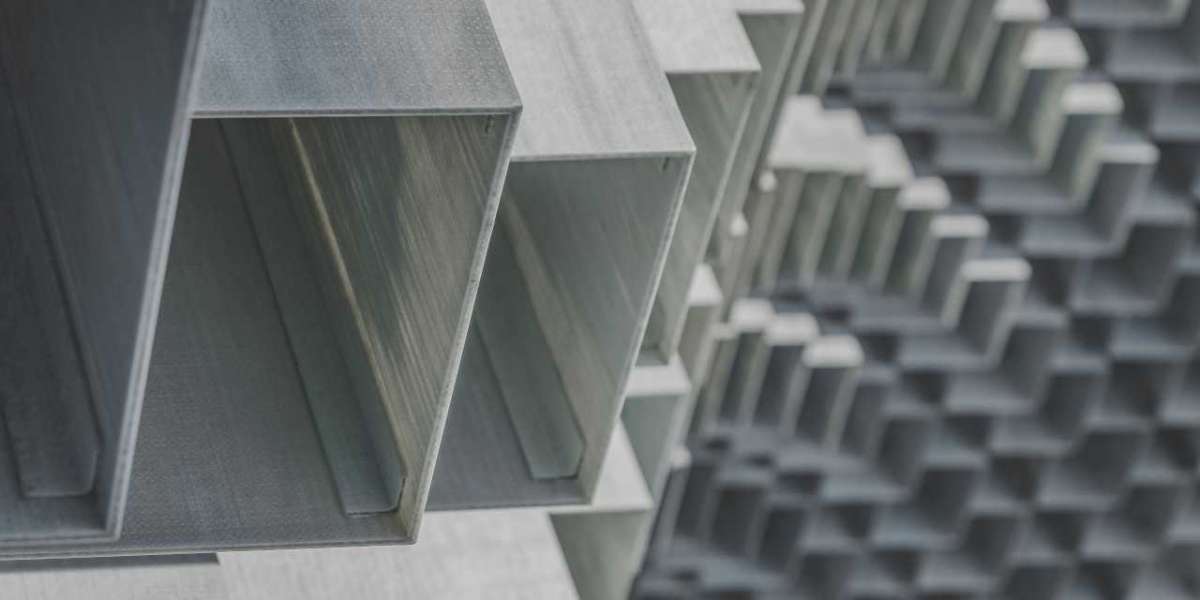For those new to the world of tattooing, understanding the various components of a tattoo setup can be daunting. One crucial element is the power unit. This article, "A Beginner's Guide to Analog Tattoo Power Units: What You Need to Know," aims to demystify the analog tattoo power unit, providing you with the essential knowledge to get started.

What is an Analog Tattoo Power Unit?
An analog tattoo power unit is a device that supplies the necessary electrical power to a tattoo machine. Unlike digital power units, analog units use a dial or knob to adjust the voltage. This traditional approach offers a tactile and intuitive way to control the power, making it a favorite among many tattoo artists.
Why Choose an Analog Tattoo Power Unit?
Choosing an analog power unit comes with several benefits. Firstly, the simplicity of the design makes it easy to use, especially for beginners. The tactile feedback from the dial allows for precise adjustments, which can be crucial for different tattooing techniques. Additionally, analog units are often more durable and reliable, with fewer electronic components that could potentially fail.
Setting Up Your Analog Tattoo Power Unit
Setting up an analog tattoo power unit is straightforward. Begin by connecting the power unit to a stable power source. Next, attach the clip cord to the tattoo machine and the power unit. Finally, use the foot pedal to control the power flow. Adjust the voltage using the dial to match the requirements of your tattoo machine and the specific technique you are using.
Understanding Voltage and Its Importance
Voltage is a critical factor in tattooing. It determines the speed and strength of the needle's movement. For lining, a higher voltage is often used to ensure clean, precise lines. Shading, on the other hand, typically requires a lower voltage for smoother gradients. An analog power unit allows for easy and quick adjustments, ensuring you can switch between techniques seamlessly.
Maintaining Your Analog Tattoo Power Unit
Proper maintenance of your analog tattoo power unit is essential for its longevity and performance. Regularly check the connections and cables for any signs of wear or damage. Keep the unit clean and free from dust. If you notice any irregularities in the power output, it may be time for a professional inspection or repair.
Common Issues and Troubleshooting
Even with proper maintenance, you may encounter issues with your analog tattoo power unit. Common problems include inconsistent power flow, faulty connections, or a malfunctioning foot pedal. Troubleshooting these issues often involves checking and securing all connections, ensuring the power source is stable, and replacing any worn-out components.
Conclusion
In conclusion, understanding and mastering the use of an analog tattoo power unit is a vital step for any aspiring tattoo artist. This "A Beginner's Guide to Analog Tattoo Power Units: What You Need to Know" has provided you with the foundational knowledge to get started. Remember, the key to successful tattooing lies in practice, patience, and continuous learning. With the right tools and knowledge, you can create stunning tattoos that stand the test of time.
We hope this guide has been informative and engaging. Stay tuned for more insights and tips on tattooing techniques and equipment. Happy tattooing!








